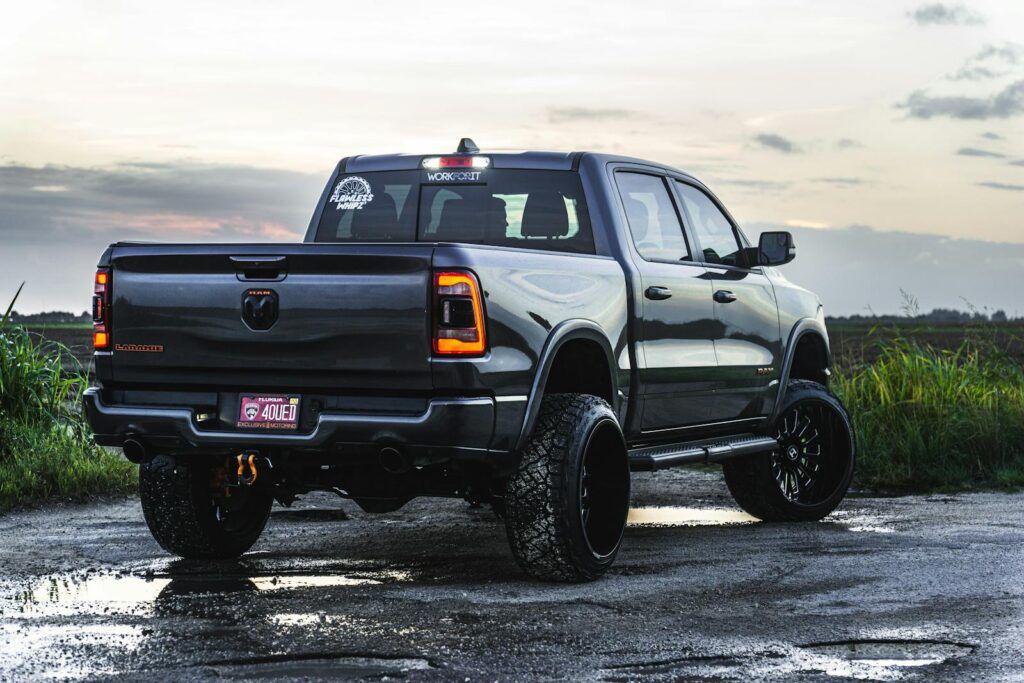
The world of automobiles is a magical place, full of sleek designs, roaring engines, and the promise of open-road freedom. We spend countless hours poring over specs, ogling glossy brochures, and maybe even talking ourselves into that slightly-out-of-budget trim level. There’s nothing quite like the thrill of a new set of keys in your hand, the fresh scent of a pristine interior, and the anticipation of countless miles of happy motoring. But let’s be honest, sometimes that dream quickly devolves into a nightmare, and the only thing roaring is your frustration.
It’s a bitter pill to swallow when that shiny new (or even lightly used) vehicle turns out to be a money pit, a reliability black hole, or just a miserable daily companion. Considering the colossal sums we shell out these days for both new and pre-owned rides, making an informed decision isn’t just smart – it’s crucial. Relying solely on curb appeal or a spec sheet is a surefire way to invite trouble into your garage. So, what’s a savvy car shopper to do? Learn from the school of hard knocks, of course, but preferably from *other* people’s hard knocks.
That’s why we’re here today, fellow gearheads and casual commuters alike. We’ve sifted through the automotive archives of regret to bring you a definitive list of vehicles that have left their owners with a severe case of buyer’s remorse. These aren’t just cars that “could be better”; these are the ones that have drivers seriously contemplating a time machine. Buckle up, because we’re about to explore the metal monstrosities and mechanical missteps that have shattered dreams and lightened wallets across the nation.
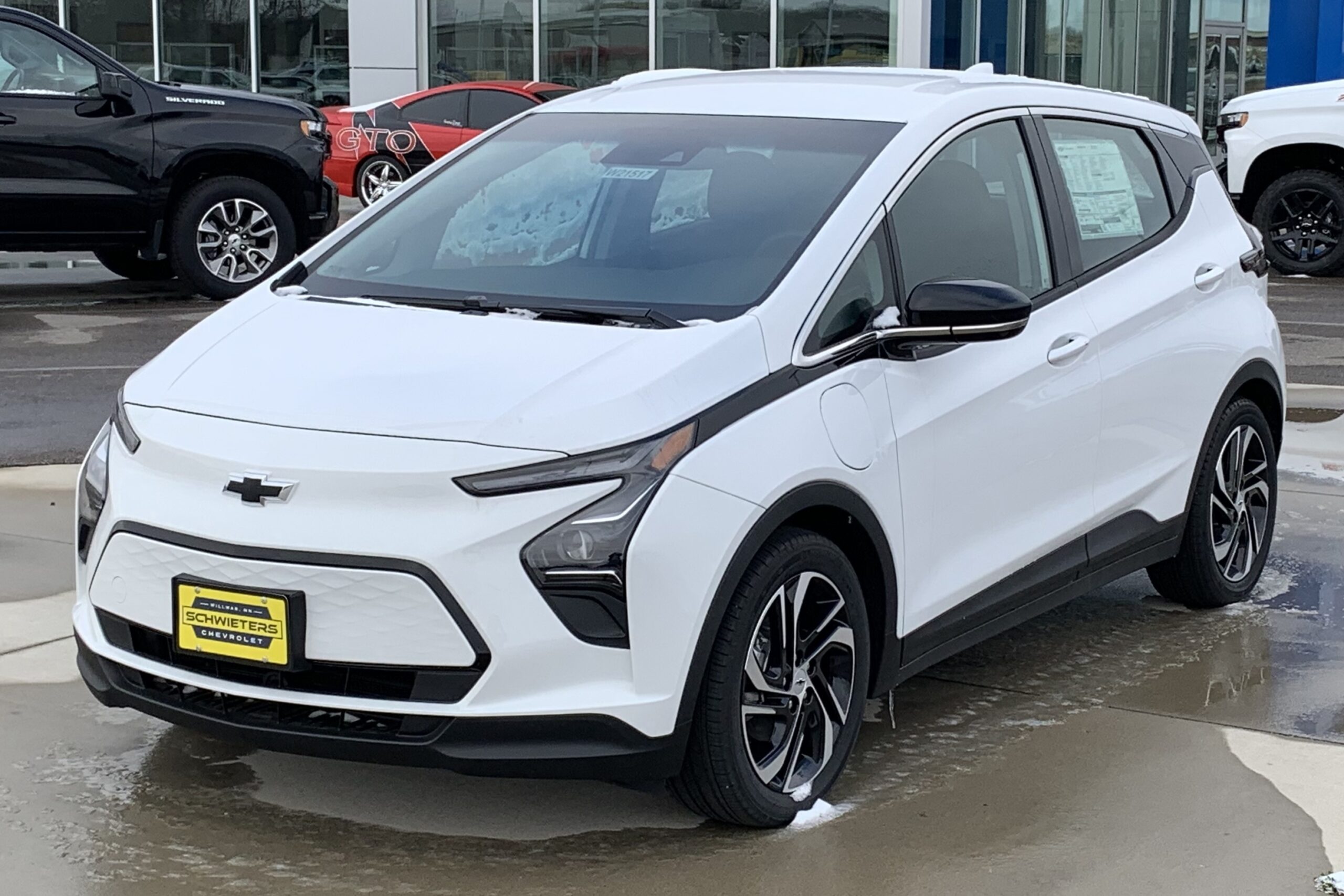
1. **Chevrolet Bolt**: Ah, the Chevrolet Bolt. On paper, it sounded like a promising contender in the burgeoning EV market: affordable, respectable range, and a General Motors badge behind it. What could possibly go wrong? Well, as it turns out, quite a lot, and often in a rather spectacular (and terrifying) fashion. The Bolt’s most infamous issue isn’t a minor niggle; it’s the kind of problem that makes headlines and haunts owners’ dreams: battery-related fires.
These aren’t isolated incidents, either. We’re talking about extensive, significant recalls in both 2020 and 2021, all stemming from lithium-ion batteries supplied by LG. The core of the problem? The potential for these batteries to short-circuit, overheat, and, in a worst-case scenario, ignite into flames. Imagine parking your car, only to worry if it’s going to spontaneously combust in your driveway. That’s the kind of anxiety the Bolt brought to the table for many of its early adopters.
But wait, there’s more! Even setting aside the rather dramatic pyro-potential, the Bolt still struggles to impress. Owners frequently complain about the “so-so” ride quality, which, let’s be honest, isn’t exactly a ringing endorsement for a modern vehicle. Rear passengers often find space to be at a premium, making longer journeys a chore rather than a pleasure. And as for handling? It’s nothing to write home about, falling into that bland, uninspired category that leaves many drivers feeling utterly underwhelmed. For a car that promised an electric future, it often delivered a rather shocking present.
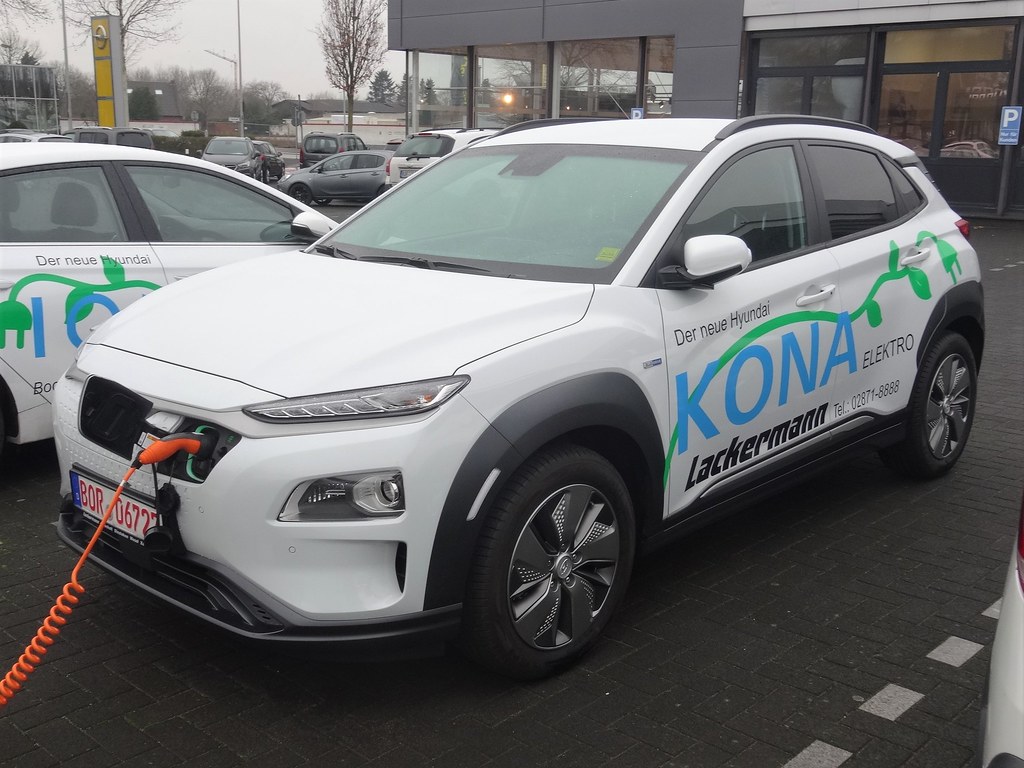
2. **Hyundai Kona Electric**: Hyundai, bless its heart, has been on a roll lately, churning out some genuinely interesting and well-received electric vehicles that have captured the imagination of many. But even the best chefs occasionally burn the toast, and in Hyundai’s EV kitchen, the Kona Electric stands out as a rather unfortunate culinary mishap. This isn’t just a minor glitch; this is another electric vehicle that comes with a backstory of fiery battery issues and the subsequent recalls that no car owner ever wants to experience.
Much like its Chevrolet counterpart, the Kona Electric saw worldwide recalls in both 2020 and 2021. The mission? To squash those pesky fire risks by swapping out battery packs in affected vehicles. It’s a bold move, but it certainly doesn’t inspire confidence when the very heart of your electric car is deemed a potential fire hazard. For owners who embraced the eco-friendly promise, this was a stark reminder that even cutting-edge technology can come with some rather old-school, dangerous drawbacks.
And here’s the kicker: the battery woes, as dramatic as they are, might just be the tip of a rather problematic iceberg. The context explicitly warns, “Buyer beware!” suggesting that beneath the surface, there are other issues lurking. While not detailed in the same incendiary fashion as the battery problems, the implication is clear: the Kona Electric has more than its fair share of gremlins. It’s a shame, really, as its smaller footprint might have appealed to urban dwellers, but the baggage it carries makes it a hard sell for anyone prioritizing peace of mind over a potentially electrifying (in the wrong way) ownership experience.

3. **Jeep Compass**: Ah, the Jeep Compass. A compact SUV that, for many, has become less of a trusty trail companion and more of a rolling headache generator. While the allure of the Jeep badge and its adventurous spirit might initially draw you in, numerous model years of the Compass have proven to be anything but a smooth ride. If you’re looking to sidestep a mechanical migraine on wheels, the advice is clear: “steer clear of this SUV.” And honestly, after hearing the complaints, it’s hard to argue with that sentiment.
One of the most vocal complaints among Compass owners revolves around its transmissions. Whether it’s the continuously variable transmission (CVT) or the 9-speed automatic, both have a rather notorious reputation. Owners frequently report “herky-jerky shifting” – a phrase that immediately conjures images of a car struggling to decide what gear it wants to be in, making for an incredibly unpleasant driving experience. Even worse, these transmissions are known for “catastrophic failure,” which is precisely as bad as it sounds, often leading to hefty repair bills and long stints in the shop.
But the transmission issues are merely part of the problem. Dig a little deeper, and you’ll uncover a litany of other grievances. “Poor engine performance” is another common refrain, suggesting that the Compass often struggles to deliver the power and responsiveness drivers expect, especially in an SUV. “Excessive oil consumption” means constantly topping up fluids, a frustrating and costly habit. And just to round out the misery, “electrical system issues” frequently rear their ugly heads, adding another layer of unpredictable malfunctions to an already troubled package. For an SUV designed for exploration, the only journey many Compass owners take is straight to the repair shop.

4. **Dodge Dart**: The Dodge Dart, a compact sedan that unfortunately earned itself a reputation for harboring “full-size car problems.” It arrived with some fanfare, attempting to carve out a niche in the fiercely competitive small car segment. However, for many who shelled out their hard-earned cash, the Dart quickly became less of a practical commuter and more of a testament to buyer’s remorse, a glaring example of a car that just couldn’t get its act together.
Where does one even begin with the litany of issues plaguing the Dart? The context itself throws its hands up in exasperation, asking, “Where do we begin?” And it’s a valid question, as problems seem to permeate nearly every major system of the vehicle. From the intricacies of the transmission to the heart of the engine, and from the shock absorption of the suspension to the critical components of the brakes, owners have found fault at almost every turn. This isn’t a case of one bad apple; it’s more like the whole orchard was infected.
The sheer scale of dissatisfaction is quite telling. According to Consumer Reports, a staggering “around six in 10 buyers say they are not satisfied with the vehicle.” Think about that for a moment: more than half of its owners are actively unhappy with their purchase. That’s not just a sign of minor gripes; that’s a loud, collective groan of regret from a significant portion of its customer base. The Dodge Dart, despite its aspirations, ultimately proved to be a masterclass in how to alienate your buyers, leaving a trail of disappointed drivers wishing they had, indeed, steered clear.

5. **Dodge Grand Caravan**: For many families across America, the Dodge Grand Caravan holds a special place in their memories. It was the quintessential minivan, the workhorse that ferried kids to soccer practice, hauled groceries, and embarked on countless road trips. Some of these memories are no doubt fond, tinged with nostalgia for simpler times. But for an alarming number of owners, the reality of living with a Grand Caravan was far less idyllic, proving that while it might have been a memory maker, it was “anything but smooth driving.”
The Achilles’ heel of the Dodge Grand Caravan, the one complaint that surfaces with alarming regularity, is its transmission. As the ultimate “family, pet, and thing hauler,” reliability is paramount. Yet, “transmission failure is a common complaint from owners,” effectively undermining its core purpose. Before the transmission inevitably goes “kaput,” as the context so eloquently puts it, owners often endure a gauntlet of frustrating symptoms: “delayed gear engagement,” “rough shifting,” and that dreaded “slipping” sensation that makes you wonder if your minivan is about to give up the ghost right in the middle of rush hour.
The troubles don’t stop there, either. Beyond the transmission nightmares, many Grand Caravan owners found themselves grappling with “electrical system problems,” which can manifest in a bewildering array of ways, from flickering lights to malfunctioning infotainment. And if that wasn’t enough, “heavy oil consumption” becomes yet another regular, costly chore. It’s no surprise, then, that if these owners “could rewind time and have a do-over, they would gladly choose something else.” The Grand Caravan might have been an icon, but for many, it was an unreliable headache wrapped in a family-friendly package.

6. **Nissan Sentra**: The Nissan Sentra, a nameplate that has adorned countless driveways, has a bit of a Jekyll and Hyde personality when it comes to owner satisfaction. While it’s fair to say that some model years were perfectly fine – a common truth across most vehicle lines – there are specific eras of the Sentra that stand out as utterly “horrific.” If you’re currently in the market or know someone who is, consider this a flashing hazard light: “Stay away from the ones made from 2013 to 2019.” These years, in particular, are notorious for a singular, infuriating culprit.
The villain in question? Nissan’s infamous continuously variable transmission, or CVT. This piece of engineering has been “a thorn in the side of many Sentra owners,” and that’s putting it mildly. The CVT in these models is a masterclass in frustration, exhibiting problems like “overheating,” which can lead to serious long-term damage, and “jerky acceleration,” transforming what should be a smooth, efficient ride into an erratic, unpredictable one. Then there’s the “shuddering,” an unsettling vibration that makes you question the structural integrity of your vehicle every time you accelerate.
And if the CVT wasn’t enough to drive owners to despair, the Sentra’s laundry list of issues extends further. “Engine stalling” is another frightening complaint, leaving drivers stranded or in precarious situations. Beyond the mechanical maladies, there’s been a barrage of recalls related to critical safety components, including “airbags, seatbelts, brakes, and more.” It’s a comprehensive package of automotive woes that truly makes those specific Sentra model years a hard pass for anyone seeking reliability and peace of mind.
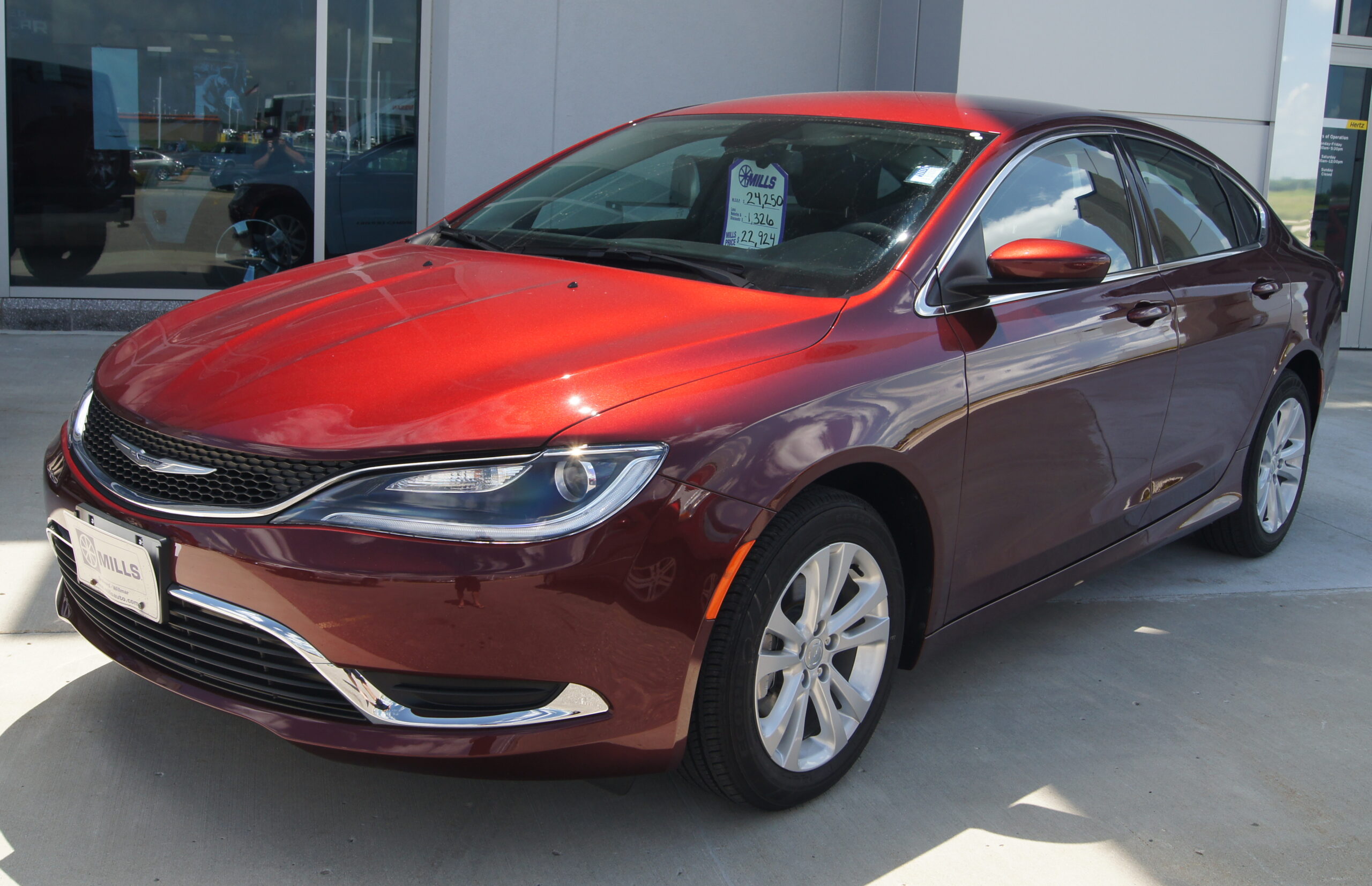
7. **Chrysler 200**: Manufactured between 2011 and 2017, the Chrysler 200 was an attempt to provide a mid-size sedan with a dash of American flair. However, what it ultimately delivered for many of its owners was a significant dose of “reliability issues.” Despite its efforts to compete in a crowded segment, the 200, particularly in its later model years, became a poster child for automotive disappointment, leaving a legacy of mechanical headaches and frustrated drivers.
The transmission, once again, emerges as a primary antagonist in the Chrysler 200’s story of regret. Owners of the 2015, 2016, and 2017 models found the “9-speed automatic tranny to be especially problematic.” This isn’t just a minor annoyance; the context explicitly states that “transmission failure was a thing, too,” indicating that these issues frequently culminated in complete breakdowns. The car’s inability to reliably shift gears smoothly or, worse, to shift gears at all, proved to be an incredibly frustrating and costly experience for many.
But the transmission woes were, as the context suggests, “just for starters.” The Chrysler 200 also suffered from “engine performance problems,” adding another layer of mechanical instability to its already shaky foundation. This combination of a notoriously unreliable transmission and underperforming engine components painted a grim picture for owners, transforming a seemingly stylish sedan into a regular fixture at the service center. It’s a classic tale of a car that promised more than it could deliver, leaving a lasting impression of regret on those who dared to purchase it.
The regret doesn’t stop with the first seven entries, folks. As we peel back another layer of automotive disappointment, it becomes abundantly clear that some manufacturers really just decided to dial it in, leaving a trail of shattered dreams and depleted bank accounts in their wake. So, buckle up, because we’re not done exploring the purgatory of car ownership yet.

8. **Nissan Altima**: Ah, the Nissan Altima. It’s a car you see everywhere, a ubiquitous presence on our roads, which makes its widespread issues all the more frustrating. You’d think a vehicle that sells in such numbers would have its act together, but alas, for many owners, the Altima has become another prime example of why sometimes, popularity doesn’t equate to quality.
And, wouldn’t you know it, the villain of the piece is, yet again, Nissan’s infamous continuously variable transmission. The Altima, much like its Sentra sibling, saw its worst issues rear their ugly heads in the 2013 to 2019 model years. Owners describe it as a constant source of headaches, turning what should be a smooth, efficient drive into a groan-inducing experience as the CVT struggles to perform.
But the Altima’s woes aren’t solely confined to its problematic gearbox. Dig a little deeper, and you’ll find complaints about steering issues that leave drivers feeling disconnected from the road. Then there’s the delightful duo of excessive oil consumption and oil leaks, ensuring that your garage floor looks like a modern art piece and your wallet feels considerably lighter from constant top-ups and repairs. It’s a trifecta of frustration that makes many Altima owners wish they’d just walked to their destination instead.

9. **Nissan Versa Note**: When a car’s primary selling point is its price tag, you should probably start asking some pointed questions. The Nissan Versa Note, positioned as a “super-cheap small hatchback,” certainly delivered on the ‘cheap’ part. Unfortunately, that low price often acted as a direct mirror to its overall quality level, setting up owners for an almost inevitable spiral of disappointment.
Unsurprisingly, this budget-friendly Nissan also fell victim to the scourge of the CVT. Owners of the Versa Note found this transmission to be an absolute masterclass in frustration, robbing the car of any semblance of driving pleasure. The constant drone and unpredictable power delivery made every journey a test of patience, proving that sometimes, saving a few bucks upfront costs you dearly in daily sanity.
And if the transmission wasn’t enough to make you tear your hair out, the Versa Note offered another generous serving of underperformance: “anemic acceleration.” Its 1.6-liter 4-cylinder engine simply didn’t have the gusto to move the hatchback with any real conviction. This combination of a whiny, unreliable transmission and a complete lack of power made the Versa Note feel less like a car and more like a rolling penalty box, leaving owners to wonder if they really got such a great deal after all.
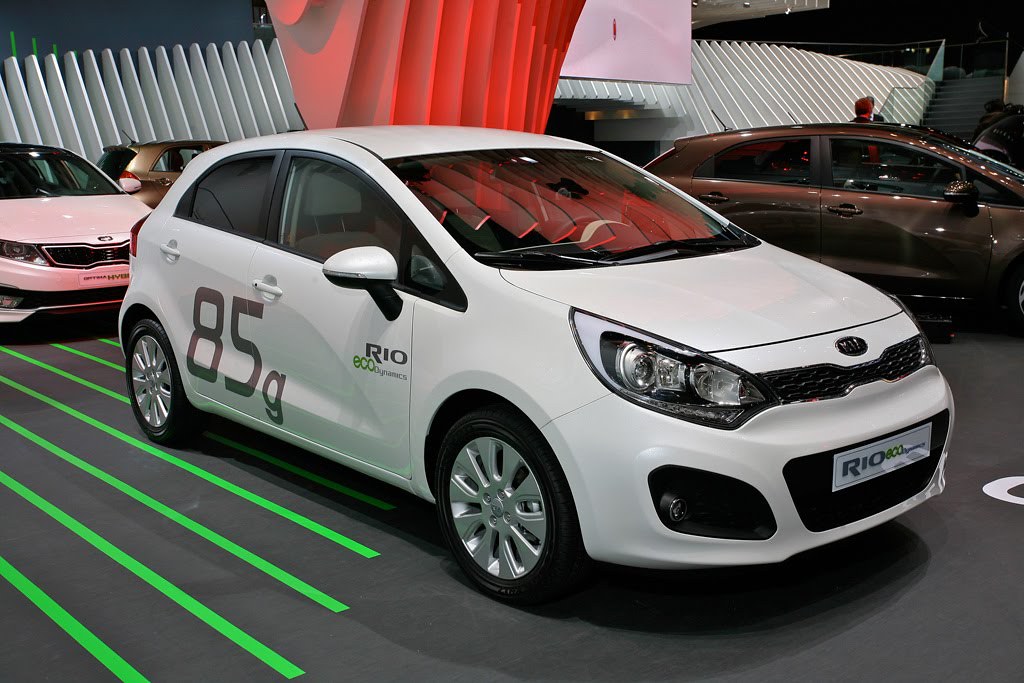
10. **Kia Rio**: The Kia Rio, for a long time, has been the poster child for affordable, efficient transportation. It’s the kind of car many first-time buyers or those on a tight budget gravitate towards, promising no-frills motoring that won’t break the bank. However, a significant number of Rio owners have discovered that “affordability” can sometimes come with a hidden cost, leading to their own fair share of buyer’s remorse.
While its low entry price and decent fuel economy are often touted, the Rio is unfortunately just as well known for a rather crucial flaw: persistent engine issues. Owners frequently report a litany of problems, from “rough idling” that makes the car feel like it’s perpetually on its last legs, to irritating “misfires” that sap power and fuel efficiency. These often stem from common culprits like faulty spark plugs or ignition coils, turning a seemingly simple fix into a recurring annoyance.
Beyond the mechanical headaches, the Rio’s interior often leaves much to be desired. Owners complain bitterly about the “cheap interior quality,” where hard plastics and uninspired design choices abound, making the cabin feel less like a sanctuary and more like a utilitarian box. Coupled with “comfort issues” that make longer drives a genuine chore, it’s clear that while the Rio might save you money upfront, it often extracts its pound of flesh in other, less obvious ways.
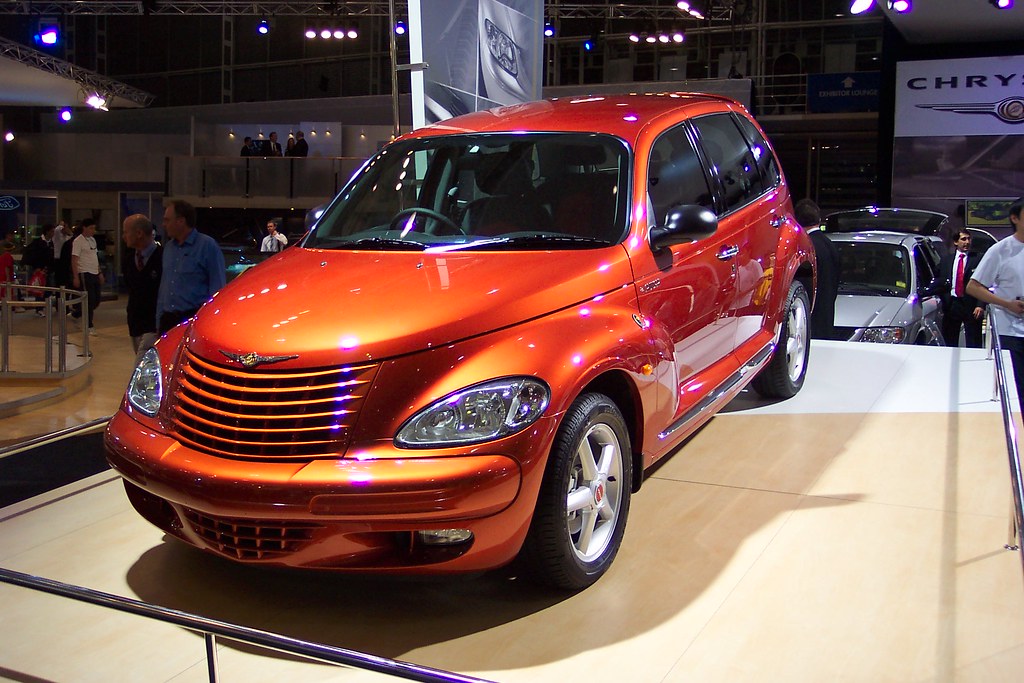
11. **Chrysler PT Cruiser**: Oh, the Chrysler PT Cruiser. A vehicle that instantly divides opinion faster than a politician at a family dinner. Its retro styling was either an inspired homage to bygone eras or a design misstep of epic proportions – there really was no middle ground. But whether you loved it or loved to hate it, one thing became clear to its owners: the looks weren’t the only contentious thing about this compact car; its mechanicals were a whole different kettle of fish.
Underneath that polarizing sheet metal, the PT Cruiser harbored “engine issues galore.” We’re talking a full buffet of problems, ranging from inconvenient “stalling” that leaves you in precarious situations to persistent “rough idling” that rattles your teeth. And then there are the bigger, nastier surprises like “overheating” and the dreaded “head gasket failure,” which often spell the beginning of the end for these retro-styled machines.
As if engine trouble wasn’t enough to make you question your life choices, the PT Cruiser added “transmission and electrical problems” to its already extensive rap sheet. These issues contribute to a symphony of unpredictability, turning what should be a straightforward drive into a guessing game of what will malfunction next. For many, the PT Cruiser didn’t just inspire buyer’s remorse; it instigated an existential crisis, leaving owners to wonder what they were thinking.
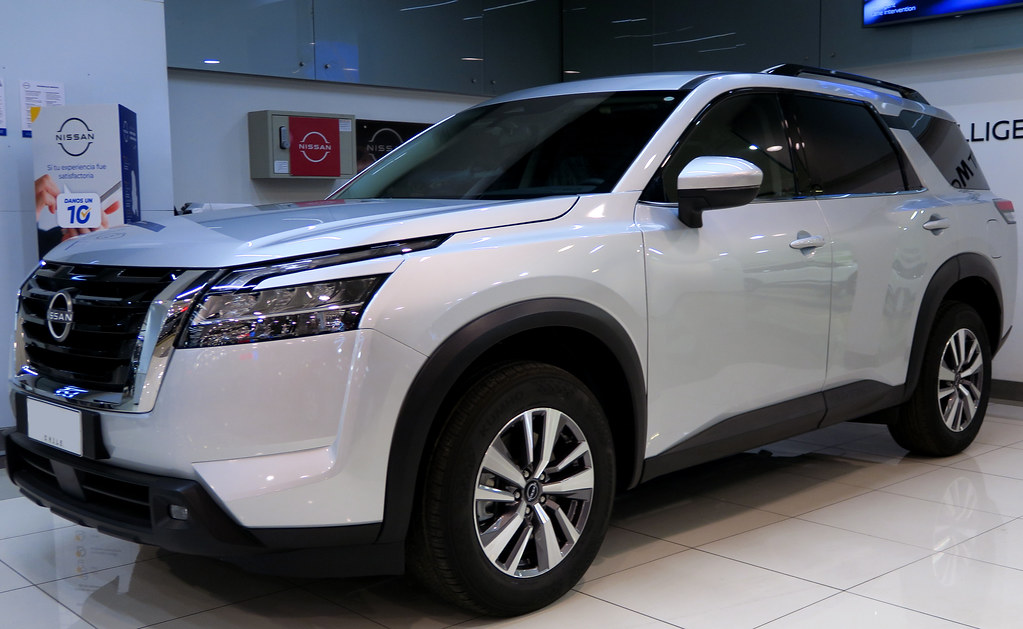
12. **Nissan Pathfinder**: The Nissan Pathfinder, an SUV that has consistently found its way into countless suburban driveways, often starts its journey with the promise of rugged capability and family-friendly versatility. Yet, for a significant number of owners, this popular SUV has proven to be less of a trusty companion and more of a source of ongoing headaches, earning its spot on our list of regretted purchases.
Once again, the infamous continuously variable transmission (CVT) emerges as a primary point of contention. Pathfinder owners frequently experience the familiar litany of CVT complaints: “rough shifting” that feels like the car is constantly second-guessing itself, unsettling “shuddering” during acceleration, and the deeply concerning problem of “overheating.” This last one isn’t just an annoyance; it’s a prelude to expensive repairs.
Indeed, the reliability of this particular transmission is so questionable that, to the profound chagrin and financial detriment of some Nissan Pathfinder owners, it sometimes necessitates a full “transmission replacement.” But the CVT isn’t the sole harbinger of doom; “engine issues” and pesky “fuel system problems” also frequently frustrate owners, adding further layers of cost and inconvenience to an SUV that was supposed to be about exploring new paths, not new service bays.
So, there you have it: a journey through the automotive landscape of buyer’s remorse, a stark reminder that sometimes, the shiny promise of a new ride can quickly devolve into a mechanical nightmare. Life is an endless lesson, and in the world of car ownership, learning from the hard-won experiences of others is often the wisest path. These 15 vehicles, as our research clearly shows, are worth giving a wide berth unless you’re feeling particularly lucky and relish the thought of a rolling gamble. Choose wisely, fellow drivers, your wallet (and your sanity) will thank you.

